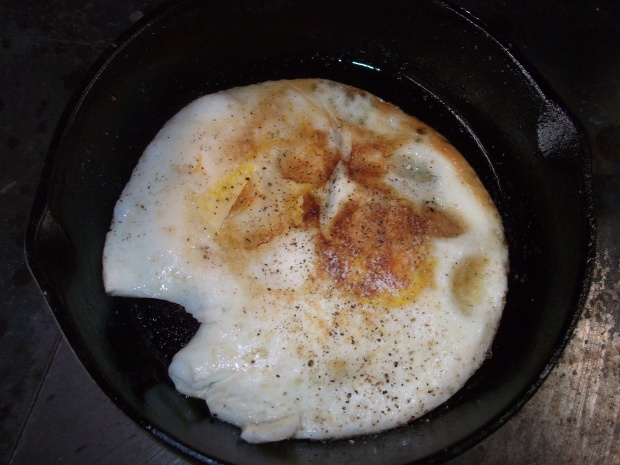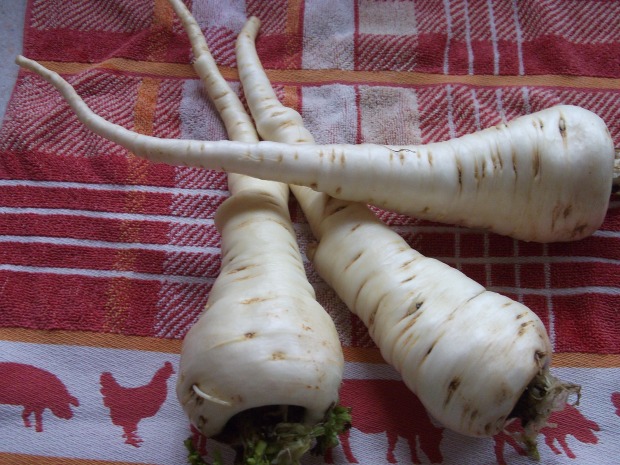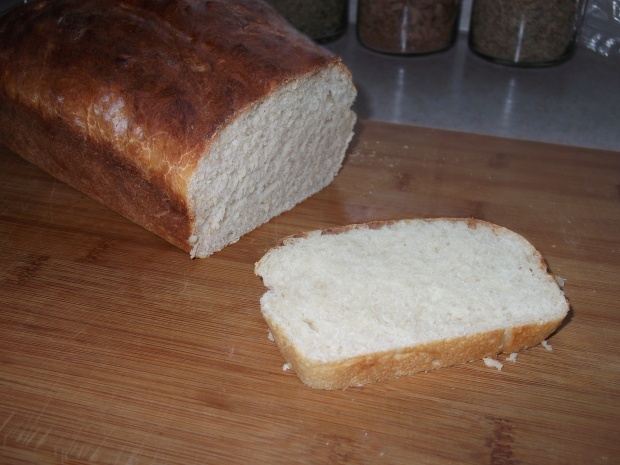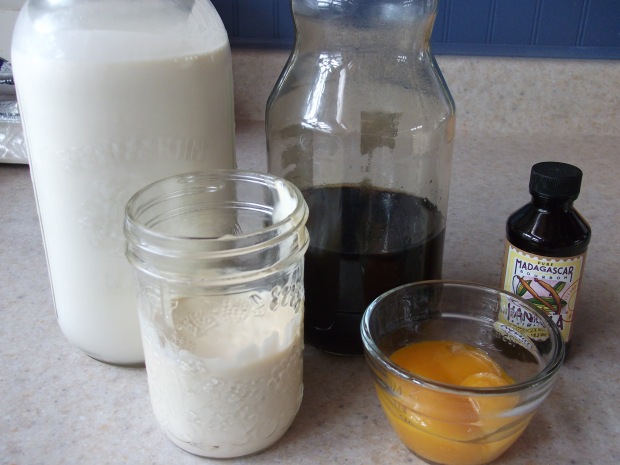It’s SO good to see the sun more often these days, and I’m loving the longer days again. It seems spring came early this year. So exiting!
I’m not the only one who’s enjoying early spring…the chickens have started laying better and the need to watch our egg consumption is now over. Yeah!!!
Eggs taste so good and are good for you, especially the ones from free range birds. The chickens here on the homestead haven’t been outdoors much this winter but in the last few weeks they’re venturing out again and it’s fun to watch them scratch the ground and enjoying the sunshine…just as they should be.
On slow mornings I love to make special breakfasts, one of these specialties is ‘eggs Benedict’. If you think this is difficult to make, let me tell you that if you get everything ready before you start, there’s nothing to it. Well, there’s nothing to preparing these eggs, but the taste is wonderful. It tastes tangy and light, but also creamy and smooth and it’s very filling.

Let’s talk about the name. Funny name that, why Benedict anyways? It seems there are several stories that claim the origin of these special eggs, I don’t know which one’s true, but anyhow, the name comes from either the inventor, or the name of the cook, or the place where they were first served, someone honoring pope Benedict, etc. I’ll let you decide. More interesting is how to put this egg dish together.
Like I said, have everything ready before you start.
Kitchen tools:
- whisk
- double boiler
- frying pan
- toaster (or the wood stove if you’re off-grid like us)
Food list:
- 2 English muffins, toasted (for my recipe check Off-Grid Baking) or 4 thick slices of bread
- 4 eggs
- 3 egg yolks
- 1 T lemon juice (fresh pressed is best)
- 1 T water
- 1/2 c butter, cut into small pieces
- bacon or a thick slice of ham, optional
First fry your eggs, the true recipe calls for poaching the eggs, but we prefer them fried.

While the eggs are frying you could start your sauce and toast your English muffins. English muffins are what you’d usually put these eggs on, but I’m using my whey-out bread today, it needed to be used up.
Combine the 3 yolks in a double boiler and whisk in the lemon juice and water, then just as the sauce comes together (it thickens slightly) add your butter.
On each toasted muffin half, place one fried (or poached) egg each. (If you’re using bacon or ham place that on the muffins (or bread slices) before adding the eggs.) Drizzle the sauce evenly over the fried eggs. Sprinkle the whole works with some sea salt and pepper and it’s ready to eat.
What’s your favorite egg recipe now?
































